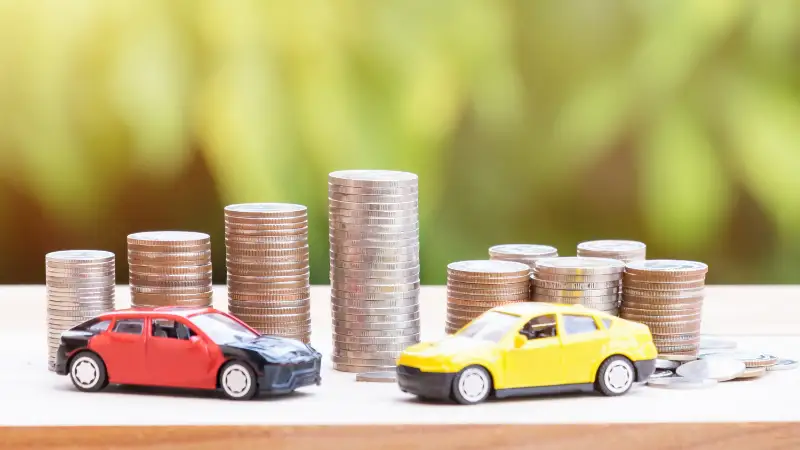
Are you finding yourself asking, “How does APR work on a car loan?” Trust me; you’re not alone in this confusion. Feeling overwhelmed with all the numbers and terms thrown around when buying a car is easy. However, understanding APR and its effect on your car loan doesn’t have to be as complex as it seems. This article is here to simplify the concept and help you make better-informed decisions.
Breaking Down APR: The Basics
APR is an acronym that stands for Annual Percentage Rate. You’ll often encounter this term in economic contexts, particularly when you’re gearing up to buy a car with a loan. But what does it signify?
Consider APR as the cost of borrowing money from a lender. In simple terms, it’s the interest rate that you’re charged over a year for the borrowed amount. APR is akin to the fee you pay for the convenience of using someone else’s money to finance your car purchase.
How APR Adds to Your Car Loan Cost
The role of APR continues beyond determining the total repayment amount on your loan. It directly affects your monthly payments, too. Let’s break this down with an example.
Imagine you’ve borrowed $10,000 to buy the car of your dreams. If the APR on your loan is 5%, it means that you’ll pay $500 in interest over a year. If you distribute this interest cost over 12 months, you’ll find that it adds an extra $41.67 to your monthly payments. Quite surprising. It’s as if your loan has suddenly bulked up without warning!
Factors Influencing Your APR
Ever wondered why someone could have a 3% APR on their car loan while another person gets saddled with an 8% rate? This is not an arbitrary decision. Lenders consider several variables to determine the appropriate APR for your loan.
As stated by Lantern by SoFi, ‘APR is the total annual cost to borrow money, including interest and fees, represented as a percentage. It also accounts for any dealer fees, rebates, or costs incurred by the borrower when obtaining any loan, including an auto loan.’
Your credit score is a primary factor. A higher score usually translates into a lower APR because the lender perceives you as a lesser risk. The duration or term of the loan can also influence the APR. Generally, shorter loan terms come with lower APRs, as the lender’s risk is spread over a shorter period. Additionally, the type of car—whether new or used—can affect the APR, with used cars often attracting higher rates due to the perceived higher risk.
Reducing the Impact of APR on Your Loan
Now, you’re probably thinking, “What steps can I take to minimize the effect of this APR on my car loan cost?” That’s a great question!
The first step is to improve your credit score, as a higher score can help secure a lower APR. You can save a larger down payment. The less you need to borrow, the less interest you’ll pay. Compare different loan offers. Do not accept the first offer; you might find a more attractive APR elsewhere.
The APR is the yearly cost you incur for your car loan. This seemingly innocuous acronym can significantly impact how much you pay each month. Factors like your credit score, the loan term, and the type of car you’re buying can influence your APR.
Understanding APR is like unraveling the strings of a complex knot. It may seem intimidating at first, but once you start to pull the right thread – in this case, learning the concept and knowing how to handle it – it all comes together seamlessly.

![[Funding News] Pivot Robots Secures Funding from NuVentures](https://viestories.com/wp-content/uploads/2024/07/Pivot-Robots-Secures-Funding-from-NuVentures-265x198.webp)

![[Funding News] Cautio Secures Rs 6.5 Cr Pre-Seed Funding Round Led by Antler, 8i and AU Bank](https://viestories.com/wp-content/uploads/2024/07/Cautio-Secures-Rs-6.5-Cr-Pre-Seed-Funding-Round-Led-by-Antler-8i-and-AU-Bank-265x198.webp)